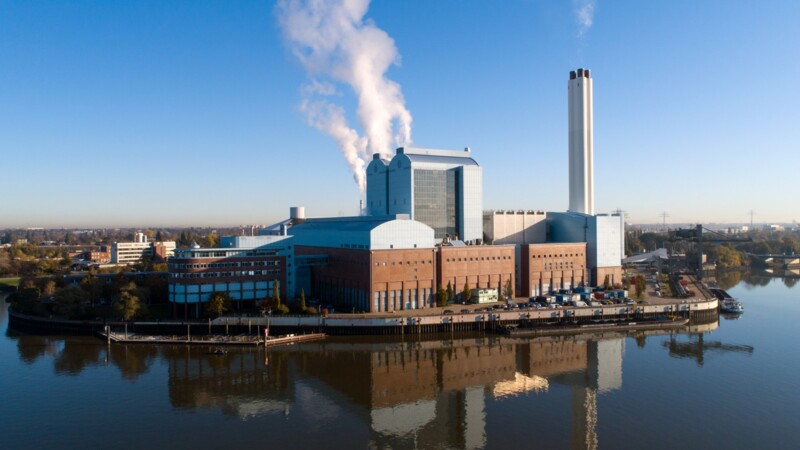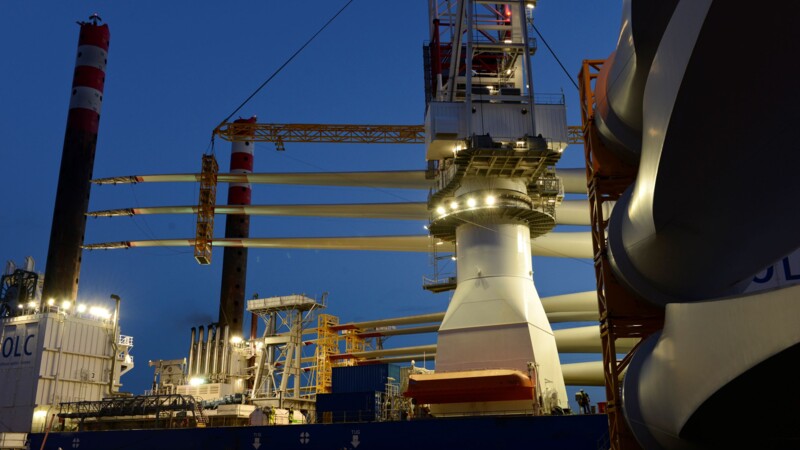Speaking during the ceremony, Robert Habeck, Germany's Minister for Economics and Climate Protection, said: "Power-to-heat plants are very important for the success of the heat transition." The use of renewable energies for heat generation saves fossil fuels and lower pollution. "Hamburg is taking an energetic and forward-looking approach to decarbonizing its heating networks in Wedel. The wind-to-heat plant shows that the heat transition is becoming a reality," Habeck added. Jens Kerstan, Hamburg's Senator for the Environment, said: "Hamburg's district heating is set to become coal-free by 2030, and it is ideally suited to using renewable electricity from wind and sun." The plant in Wedel will be used when surplus, wind-generated energy in northern Germany can be transported on the transmission lines. That should alleviate bottlenecks in the grid and the surplus wind power is put to good use.
Construction of a new power-to-heat plant has completed in the Hamburg Metropolitan Region and was celebrated Thursday (June 8, 2023). The wind-to-heat plant, operated by Hamburger Energiewerke in Wedel, is one of Germany's largest and should save up to 100,000 tons of CO2 annually. Electricity from wind turbines in northern Germany is converted into green district heating, which is then fed into Hamburg's grid. The output of 80 megawatts will supply around 27,000 households with heat and hot water.
Plant to use surplus wind energy for green district heating
Grid operator 50 Herz investing millions
The power-to-heat plant was built on the site of Wedel's combined heat and power plant and is expected to reduce its coal consumption by around 50,000 metric tons per annum until it is decommissioned. The wind-to-heat plant works like a kettle. Renewable energy is used to heat around 23,000 litres of water in two electric boilers to up to 138 degrees Celsius. The heat is then transferred to the heating water via heat exchangers. Green district heating is then fed into the Hamburg's heating network. The costs of the plant and the connection to the grid came to around EUR 31.5 million and were covered by the grid operator 50 Hertz. Hopes are now high that the investment can be recouped by 2028 by including the plant in the company's own congestion management system.
nj/mm/pb
Sources and further information
More
Similar articles

Drilling underway for aquifer heat accumulator in Hamburg

Drilling underway on Hamburg's new district heating tunnel

Hamburg building Europe's state-of-the-art recycling centre
